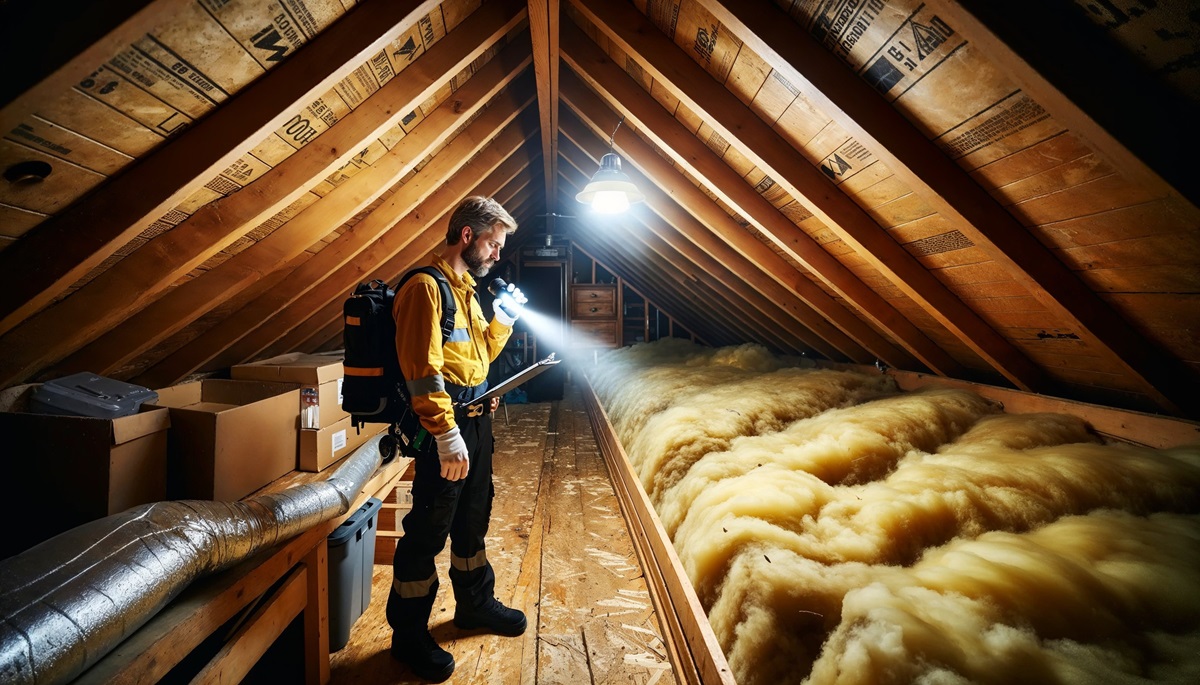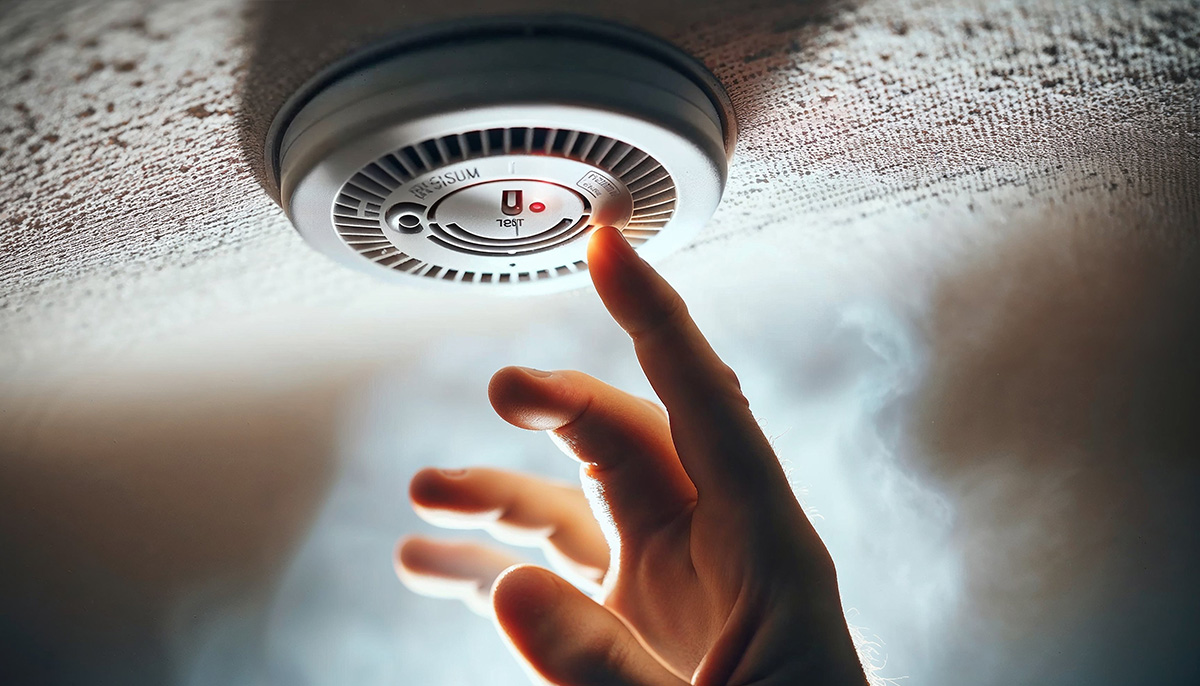The Basics Of Home Inspections And What Might Be Discovered
Home Inspections
Typically, home inspections are visual in nature, offering a snapshot of a property's current condition. Home inspectors focus on assessing readily accessible areas, avoiding invasive methods. This process is key in identifying visible issues that might need attention or further specialized inspection. However, it's important to remember that these inspections don't cover everything and are limited to what can be seen and accessed at the time of the inspection. Navigating the nuances of a home inspection report is crucial. These reports often highlight a range of issues, but it's important to discern which are immediate red flags and which can be dealt with later. While this blog doesn't cover EVERYTHING that can show up during an inspection, it does give a guide on common issues. Enjoy.
Standard Home Inspection
A standard home inspection provides a visual overview of the major components of a home. Let's break down what this usually includes:
- Structural Elements: Checking for visible signs of structural stress like cracks or misalignments.
- Roofing: Assessing the condition of the roof, noting visible damage or aging.
- Exterior: Examining the external walls, windows, and doors for visible defects.
- Electrical System: Inspecting visible wiring, electrical panels, and safety devices.
- Plumbing: Checking accessible pipes, fixtures, and the water heater.
- HVAC System: Evaluating the visible parts of the heating, ventilation, and air conditioning systems.
- Interior: Reviewing walls, ceilings, floors, and stairs for visible defects.
- Insulation and Ventilation: Assessing visible insulation and ventilation in attics and crawl spaces.
- Safety Features: Checking the presence and condition of smoke detectors and safety-related items.

Many Different Things Can Show Up During A Home Inspection
Specialized Inspections
While a standard home inspection provides a comprehensive visual overview, some aspects require specialized inspections. These can include:
- Radon Testing: Detecting levels of radon gas, a known health hazard.
- Pest Inspection: Identifying signs of pest infestations like termites or rodents.
- Asbestos and Lead Testing: Especially important in older homes for health safety.
- Sewer Scope: Examining underground pipes for blockages or damage.
- Energy Audit: Assessing the home's energy efficiency and potential improvements.
- Mold Inspection: Identifying the presence and extent of mold growth.
Structural & Foundation Integrity
- Foundation issues are a significant concern in home inspections.
- Hairline cracks might require just monitoring, but more severe issues like bulging cracks need immediate attention.
- Misalignments in doors, windows, or floors often indicate deeper foundational problems.
- Proactive measures can prevent major expenses, but repair costs vary based on the severity of the damage.
Also Read: The Risks Of Forgoing Real Estate Agents: FSBO Seller Regrets

General Home Inspections Are Typically Visual In Nature
Electrical Wiring & Panel Concerns
- Homes built between 1965 and 1973 often have aluminum wiring, which deteriorates faster than copper and increases fire risks.
- Rewiring is costly but crucial for safety and maintaining insurance coverage.
- Inspectors look for outdated electrical panels, specifically brands known for fire hazards.
- Upgrading electrical panels is a safety priority, with costs varying according to panel types and installation requirements.
Plumbing & Pipe Materials
- Inspections commonly reveal minor leaks or the use of outdated piping materials.
- Polybutylene pipes, common until 1994, are prone to leaking.
- Addressing plumbing issues promptly can prevent larger problems like mold.
Also Read: How Many Resale Properties Should You Tour Before Buying?

Getting A Home Inspection Can Greatly Enhance Future Safety
Floor Joists & Structural Support
- Inspectors check for rot or improper modifications in floor joists.
- Incorrect modifications can lead to wall cracks and floor instability.
- Repair costs are contingent on the extent of damage and type of joists involved.
HVAC System Evaluation
- Key inspection points include the heat exchanger and flame color in HVAC systems.
- Flames that are not blue may indicate a cracked heat exchanger.
- Ensuring HVAC efficiency and safety is vital, with replacement costs varying by system type.
Safety Issues
- Home inspections often uncover safety hazards like tripping risks and inadequate smoke detectors.
- Addressing minor issues is crucial for safety and adherence to codes.
- Simple fixes can resolve issues like driveway cracks or missing handrails.
Also Read: How To Choose A High-Quality Real Estate Agent And/Or Team

It Is Highly Recommended Most Home Buyers Get An Inspection
Drainage & Water Flow
- Proper drainage away from the foundation is a focal point.
- Issues like inadequate gutters can lead to interior water damage.
- Fixing drainage problems is essential to prevent water-related damages.
Each of these areas plays a critical role in the overall integrity of a home. Addressing them timely ensures a safe living environment and can prevent more significant, costly problems later.
Final Thoughts
First off, getting a home inspection is ESSENTIAL in almost all home-buying scenarios. Also, comprehending a home inspection report is crucial. While some problems necessitate immediate action, others can be planned for future resolution. This insight empowers buyers to embrace homeownership with a comprehensive understanding of their property's current state. And, of course, its upcoming maintenance needs.
Here at WLH, we help our clients purchase real estate in smart ways. From beginning to end, we're by your side. Whether you're looking for real estate in Chandler, Mesa, Scottsdale, Arcadia, Gilbert, Paradise Valley, or other areas in the East Valley, we'd LOVE to help. With that said we hope you enjoyed this edition of LUXE BLOG. Thank you for sticking around until the end.


















